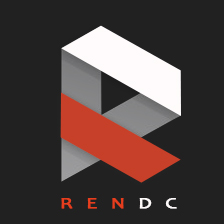☛ What is the best decision tree for Facebook or LinkedIn’s “People You May Know” feature?
☛ Let us assume you are on the Home and Lighting team, how would you go about improving our category page?
☛ Amazon Instant Video wants to come up with a recommendation algorithm. Pretend the product does not already have one.
☛ What would you do to improve the Facebook login?
☛ Instagram currently supports 3 to 15 second videos. We are considering supporting videos of unlimited length. How would you modify the UX to accommodate this?
☛ Slack started an $80 million investment fund for app builders. What app would you build and why?
☛ Redesign the Facebook Newsfeed for Mobile.
☛ How would you improve Dropbox? Which feature is still missing?
☛ How would you monetize Google Maps?
☛ If you were the CEO of LEGO, what new product line would you come up with to increase revenues? Why? Who is the target customer? How do you reach them? How does the product function and what does it look like (UI/UX)? What’s the potential market size?


